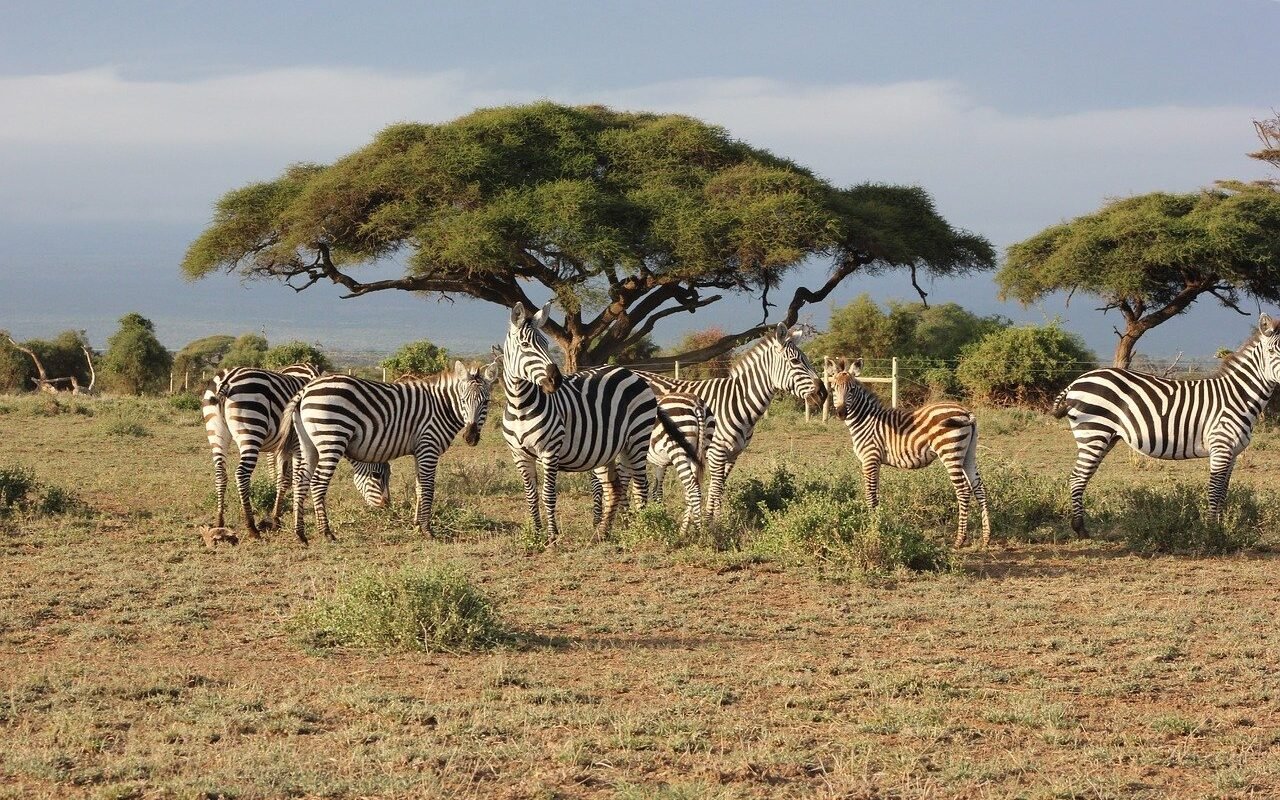Are you looking for the best Autumn Wildlife Destinations and you are not sure if it is the right decision? We are here for you!
When you think of wildlife adventures, you might imagine the summer’s lush greenery or springtime blossoms. But here’s the secret: autumn is when the real magic happens in the wild. Grab your boots, pack your camera, and get ready to explore the best autumn wildlife destinations—from hidden forests to remote islands where nature is at its most spectacular!
Why Autumn is the Best Time for Wildlife Travel
Autumn is where the real adventure lies. Fall is a time of transition, and it’s during these transitions that you can witness incredible wildlife events that just don’t happen any other time of year.
Here’s why autumn is ideal for wildlife travel:
- Migratory movements: Animals, especially birds, make epic journeys to warmer climates. Want to catch a glimpse of thousands of birds moving across the sky in formation? Autumn is your time.
- Mating and rutting seasons: Some species, like elk and deer, are in full rut during autumn. Imagine witnessing a 700-pound elk bugling in the forest—this isn’t your typical wildlife sighting!
- Perfect weather conditions: The cool, crisp air means you won’t be melting in the heat while hiking or waiting for hours with your camera to catch that perfect shot.
Top 12 Autumn Wildlife Destinations
1. Yellowstone National Park, USA
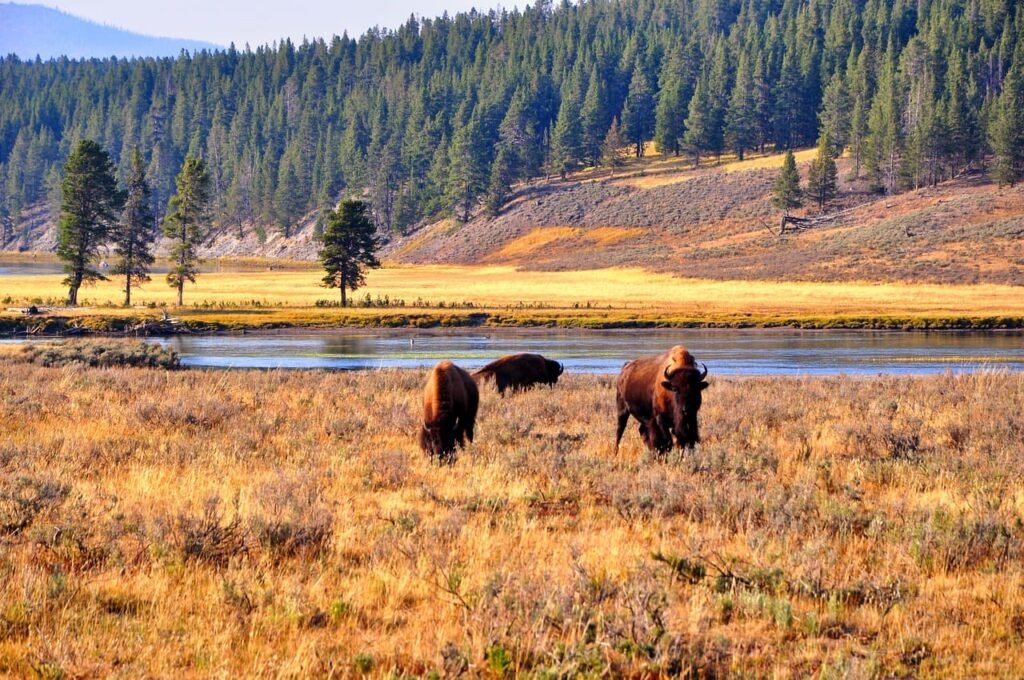
Welcome to America’s iconic wildlife playground. In autumn, you get Yellowstone almost all to yourself. While summer crowds are gone, the wildlife is thriving.
- What you’ll see: Bison, elk, wolves, and bears gearing up for winter. The elk rut is particularly captivating as males engage in dramatic displays of strength.
- Curiosity: Did you know that Yellowstone is home to the largest concentration of mammals in the lower 48 states? That means more opportunities for you to witness something spectacular!
2. Masai Mara, Kenya
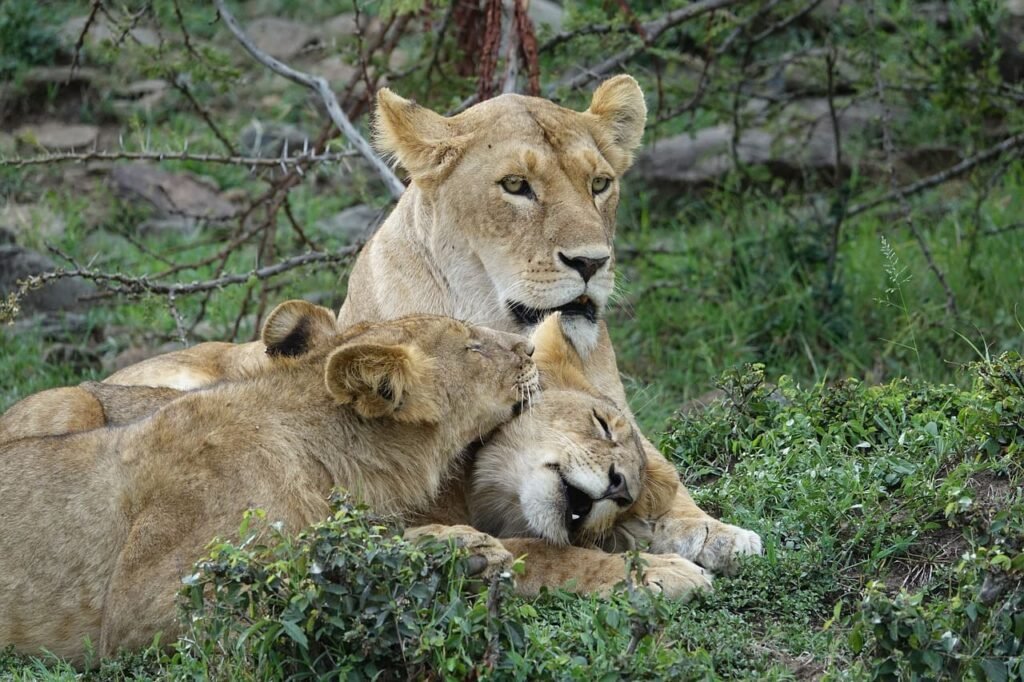
While many associate the Masai Mara with summer’s Great Migration, the early autumn months are still prime time for game viewing. As the migration draws to a close, predators like lions, cheetahs, and leopards make their final push.
- What you’ll see: Elephants, zebras, and the infamous Big Five. Keep your eyes peeled for incredible predator-prey interactions.
- Curiosity: The Masai Mara is one of the few places where you can witness the critically endangered black rhino in the wild!
Read our Masai Mara Safari Guide for more.
In general – September to November – is a great time for a Safari in Africa, but the weather and wildlife experiences vary slightly across these regions. Here’s a breakdown of what you can expect in each country during this period:
Kenya (Masai Mara, Amboseli, etc.)
- Weather: September to November marks the tail end of the dry season (June to October) and the beginning of the short rains (November to December). Temperatures are warm during the day (24–30°C / 75–86°F) but cooler at night.
- Safari Experience: September is still peak season for wildlife, especially in the Masai Mara, where the Great Migration (wildebeest, zebra, and gazelles) often lingers into early October. With dry conditions, wildlife is concentrated near water sources, making sightings easier. By November, the rains begin, but the landscape turns lush, and while wildlife viewing remains excellent, the short rains make the bush vibrant without causing much disruption to your plans.
- Best Period: June to October is peak safari season, but September and October are still great due to fewer tourists and incredible wildlife.
Tanzania (Serengeti, Ngorongoro, etc.)
- Weather: This is the dry season in Tanzania as well, extending until October. Temperatures range from 20–30°C (68–86°F) during the day. November sees the start of the short rains, which are brief, refreshing showers that don’t typically disrupt activities.
- Safari Experience: The Serengeti is prime for viewing the Great Migration as it moves southward back into Tanzania, particularly around the Northern Serengeti. In September and October, animals are still gathered around rivers and watering holes. In Ngorongoro Crater, wildlife viewing is exceptional year-round, with high concentrations of animals.
- Best Period: The dry season (June to October) is ideal, but September to November still offers fantastic opportunities, especially with the migration moving into the Serengeti.
Namibia (Etosha, Skeleton Coast, etc.)
- Weather: September to November is spring in Namibia. This is towards the end of the dry season, with daytime temperatures ranging from 25–30°C (77–86°F) in most areas. November brings some rain, but the showers are generally light and welcome, reviving the parched landscape.
- Safari Experience: Wildlife, particularly in Etosha National Park, is still concentrated around waterholes, making it easy to spot elephants, lions, rhinos, and more. The landscapes are stark but breathtaking, and as November progresses, some greenery begins to appear.
- Best Period: July to October is peak safari time, but September and October are still excellent for safaris. November offers fewer tourists and the first signs of spring, which can bring new animal behaviors as they adjust to the changing season.
If you are interested in safari adventures here you can read our Africa Safari Guide
3. Svalbard, Norway
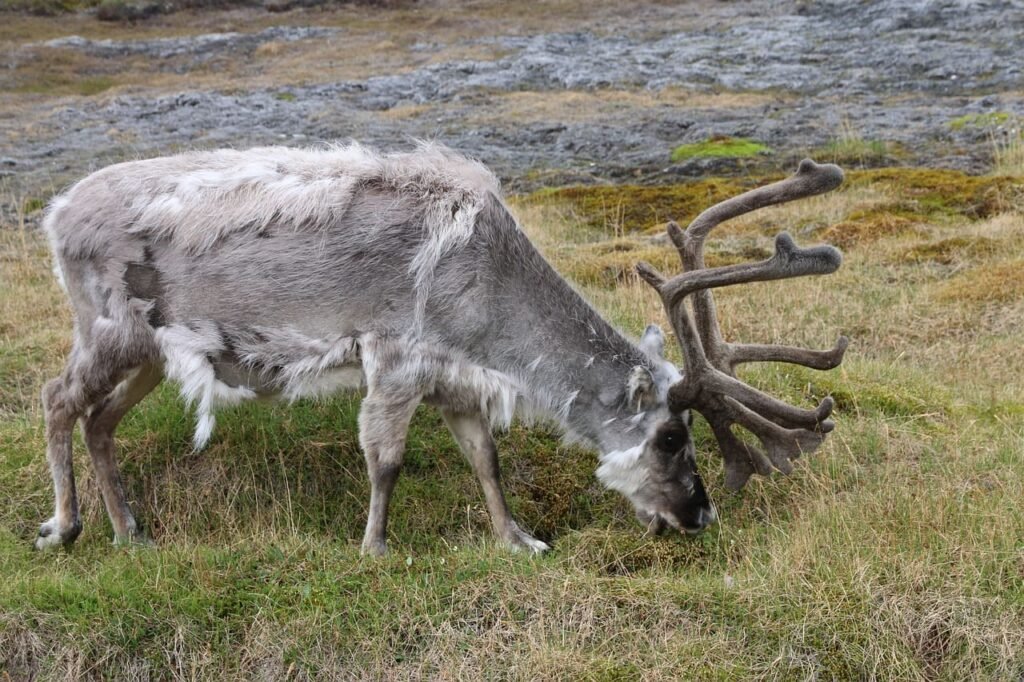
If you’re serious about wildlife—and I mean serious—then Svalbard’s Arctic wilderness in autumn is a once-in-a-lifetime experience.
- What you’ll see: Polar bears, Arctic foxes, reindeer, and seabirds galore. Plus, the stunning Northern Lights begin to dance across the sky as the days shorten.
- Curiosity: Polar bears here are considered “marine mammals” because they spend most of their time on sea ice!
4. Madagascar
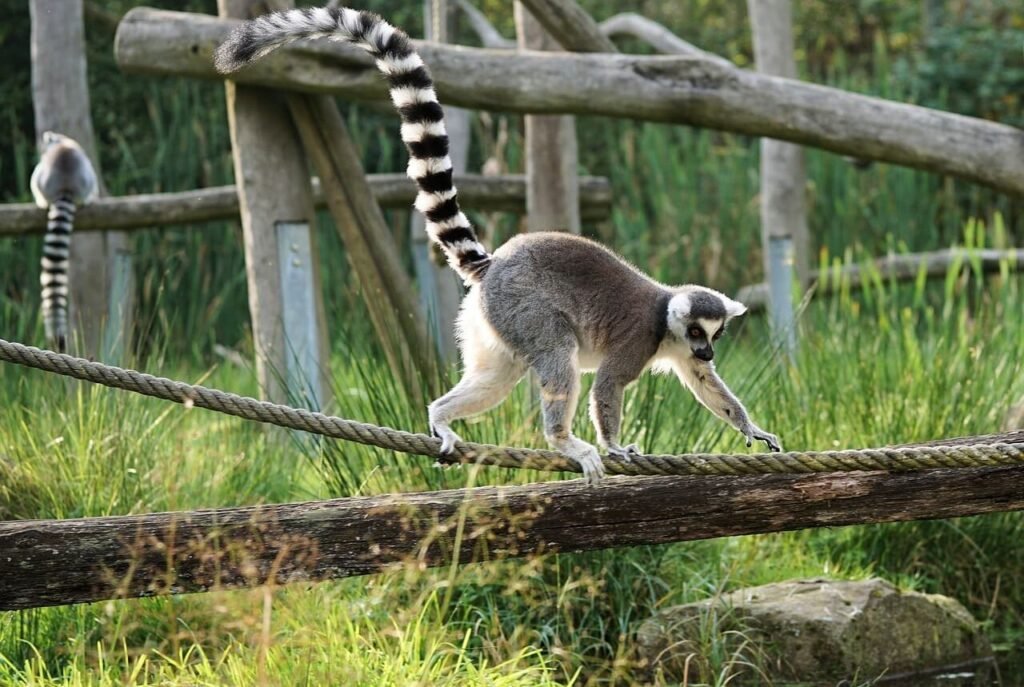
Madagascar is an absolute must-visit for wildlife enthusiasts. This island off the coast of Africa is famous for its endemic species—animals that can’t be found anywhere else in the world.
- What you’ll see: Lemurs, chameleons, fossa (Madagascar’s top predator), and many unique bird species.
- Curiosity: Madagascar is home to over 100 different species of lemurs, many of which are endangered due to habitat loss. Autumn (spring here) is a prime time to see them with their newborns.
5. Isle of Mull, Scotland
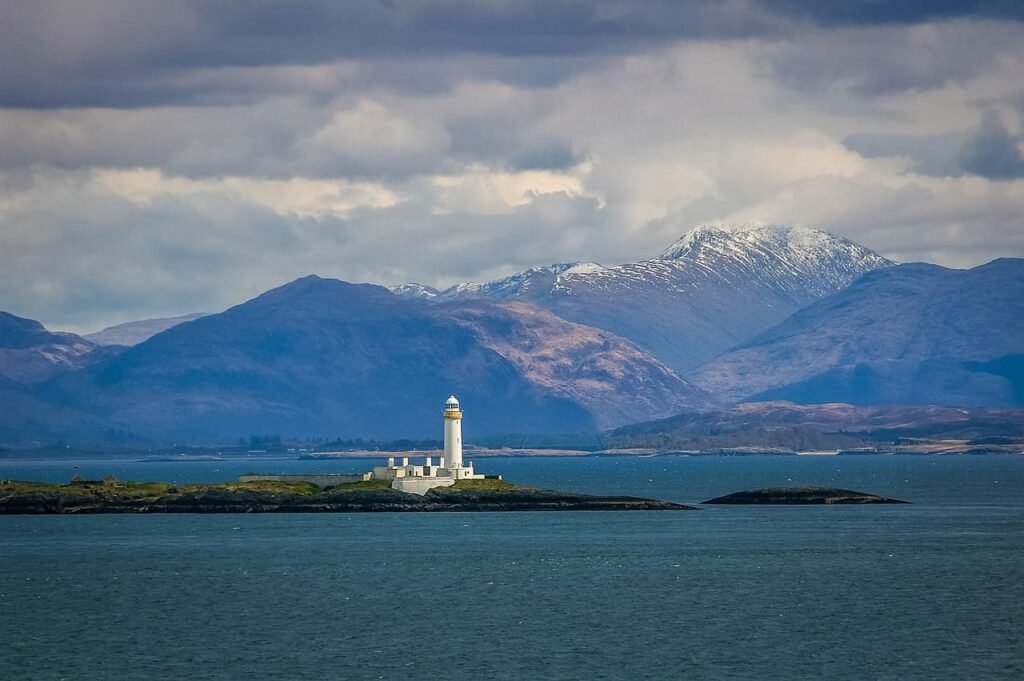
For wildlife lovers seeking an off-the-beaten-path experience, Scotland’s Isle of Mull in autumn is teeming with life. Plus, the rugged landscapes are something out of a fairytale.
- What you’ll see: Golden eagles, otters, red deer, and minke whales in the surrounding waters.
- Curiosity: Mull is home to one of the UK’s densest populations of eagles—if you’re lucky, you might spot one swooping down on its prey.
6. Newfoundland, Canada
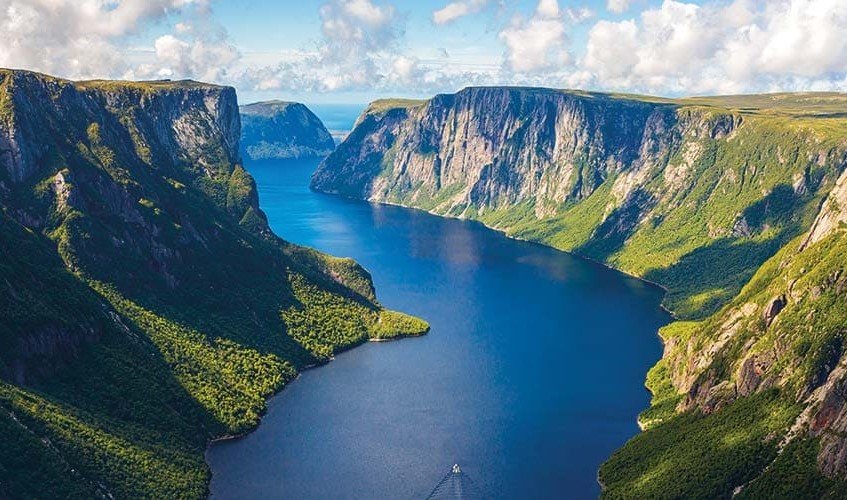
Wildlife in Newfoundland takes center stage in autumn as the animals prepare for winter. Combine that with breathtaking coastal views, and you have the perfect autumn wildlife destination.
- What you’ll see: Moose, puffins, and caribou. If you’re lucky, you might even spot a massive iceberg floating by!
- Curiosity: Newfoundland’s Gros Morne National Park is a UNESCO World Heritage site known for its remarkable geological formations.
7. Pantanal, Brazil
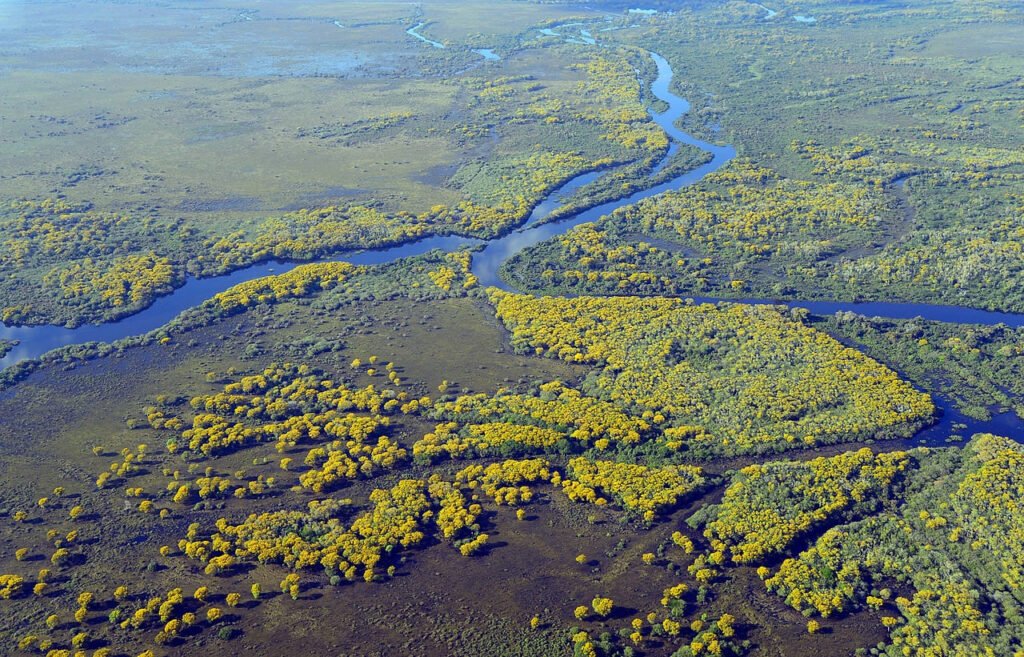
The Pantanal is the world’s largest tropical wetland, and it’s teeming with wildlife. Autumn is the tail-end of the dry season, making it easier to spot animals.
- What you’ll see: Jaguars, caimans, capybaras, and giant otters.
- Curiosity: The Pantanal has the highest concentration of jaguars in the world—this is your best chance to spot one in the wild.
8. Tatra Mountains, Poland/Slovakia
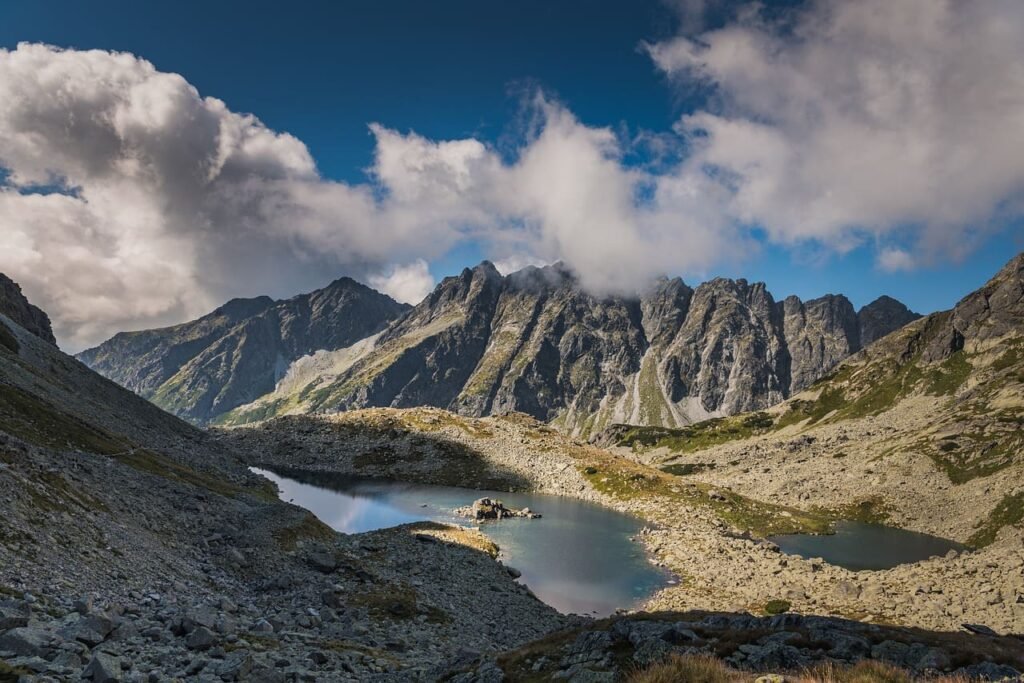
The Tatra Mountains offer some of Europe’s most dramatic landscapes, and in autumn, they become even more striking. The wildlife isn’t half-bad either.
- What you’ll see: Brown bears, lynxes, and chamois.
- Curiosity: These mountains are home to the rare Tatra chamois, a goat-antelope species that thrives in the rugged terrain.
9. Galápagos Islands, Ecuador
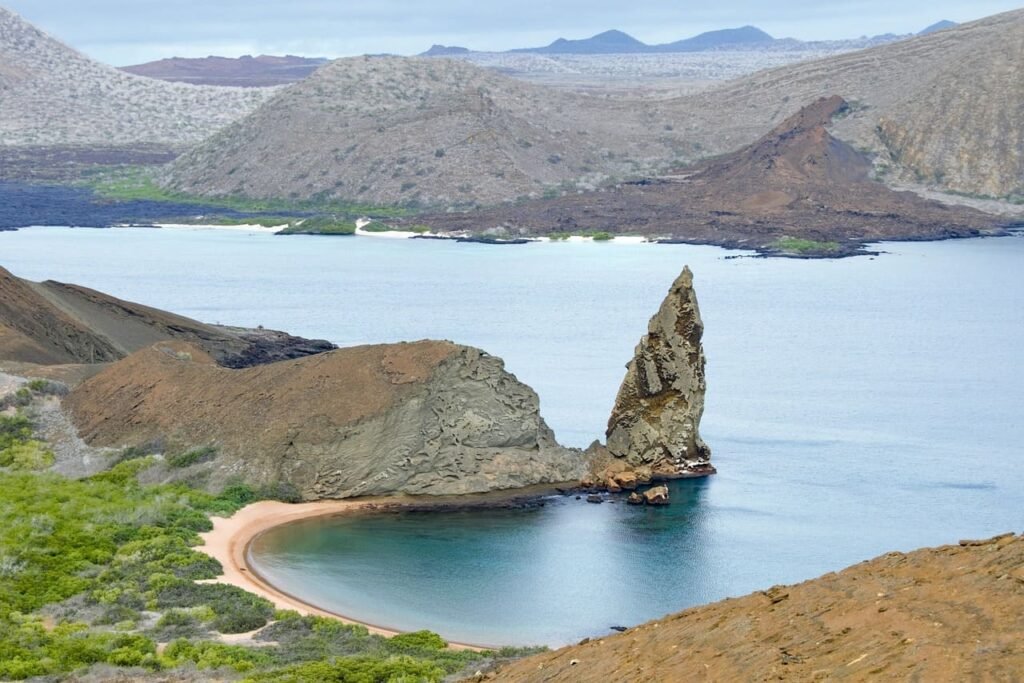
Though famous year-round, September/November is spring-time in the Galápagos Islands and it offers fewer tourists and an intimate experience with the archipelago’s unique wildlife.
- What you’ll see: Giant tortoises, sea lions, and blue-footed boobies. Plus, there’s great diving for those looking to explore underwater wildlife.
- Curiosity: The Galápagos is home to some of the most unique species on Earth, many of which can’t be found anywhere else. Charles Darwin’s study of the wildlife here helped shape his theory of evolution.
10. Tasmania, Australia

This island state south of mainland Australia offers some of the most rugged and pristine landscapes, along with an impressive array of wildlife. Spring here is from September to October, and it’s a great time to explore without the summer crowds.
- What you’ll see: Tasmanian devils, wombats, echidnas, and unique bird species. You might even spot platypuses in rivers!
- Curiosity: The Tasmanian devil is the world’s largest carnivorous marsupial, and despite its fearsome name, it’s more of a scavenger than a hunter.
11. Kangaroo Island, Australia
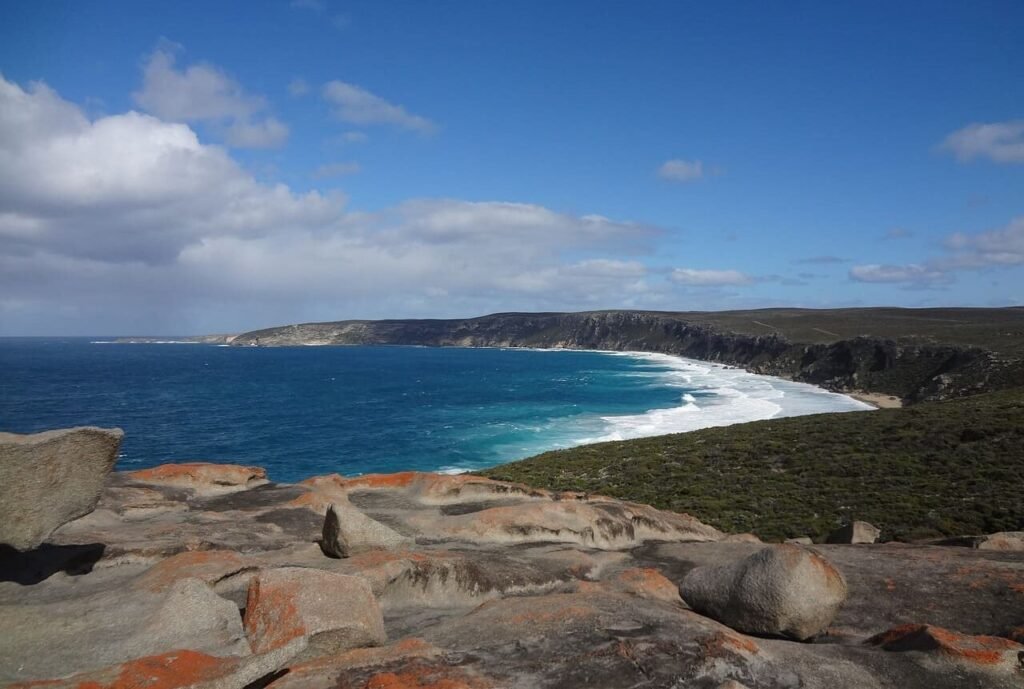
Located just off the coast of South Australia, Kangaroo Island is a wildlife lover’s paradise. Known as Australia’s “Galápagos,” it’s one of the country’s best-kept secrets for nature and wildlife.
- What you’ll see: Koalas, kangaroos, sea lions, and echidnas. The island is also home to little penguins and rare bird species.
- Curiosity: After bushfires ravaged parts of the island in 2020, the wildlife has shown remarkable recovery. You’ll see nature’s resilience up close!
12. Fiordland National Park, New Zealand
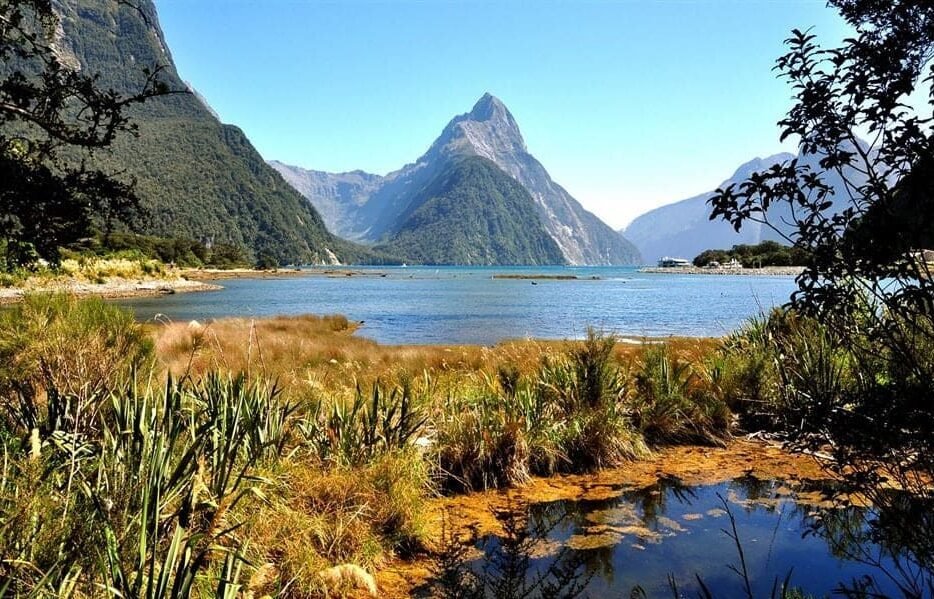
New Zealand’s Fiordland National Park, a UNESCO World Heritage site, offers some of the most remote and untouched landscapes on Earth. September to November – Spring – offers fewer tourists and beautiful weather.
- What you’ll see: Native birds like the kiwi and kea, along with fur seals, dolphins, and even penguins along the coastal areas.
- Curiosity: The kea, known as the world’s only alpine parrot, is famous for its intelligence and curiosity. It’s not unusual to see one trying to “borrow” items from tourists!
Read our New Zealand Guide to plan your dream vacation in this dream island!
Tips for Planning Your Autumn Wildlife Adventure
Now that we’ve tantalized you with the best destinations, let’s get practical. Autumn wildlife adventures require some planning to maximize your experience.
1. Know Your Timing & Be Prepared
Autumn doesn’t look the same in every part of the world. While September might be ideal for some destinations, others hit their peak wildlife activity in October or November. Always research the local seasonal behaviors of the species you’re hoping to see. Be prepared selecting the best Travel Insurance for you.
2. Pack for All Weather
Autumn weather can be unpredictable. You could be basking in warm sunshine one day and battling a downpour the next. Layering is key. Be sure to bring waterproof gear, warm clothing, and durable boots. Spring is similar if you are in the South hemisphere.
3. Consider a Guided Tour
For many of these destinations, especially remote ones like Svalbard or the Pantanal, a guided tour is your best bet. Local guides not only know the best spots to see wildlife, but they can also share fascinating insights into animal behaviors and the surrounding ecosystems.
4. Don’t Forget the Camera
This might seem obvious, but you’ll regret it if you forget your camera. Autumn offers some of the most vibrant and photogenic landscapes, with golden leaves, misty mornings, and animals against dramatic backdrops. A zoom lens is especially helpful for wildlife photography.
5. Always Be Sustainable
Both in your everyday life and during your travels be Sustainable. Respect and strive to enrich: nature, people, cultures.
Do you want to know more about Sustainable Travel? Please read our guide: Global Sustainable Tourism: A Comprehensive Guide to Eco-Friendly Travel.
Here’s the thing: You could waste hours digging through endless websites, hunting for deals, and trying to piece together the perfect trip yourself. Or—you could make life a whole lot easier by booking with Travels Jinn. Why stress over the details when we can tailor everything to your specific needs? Whether you’re after eco-friendly stays, insider knowledge from local guides, or snagging exclusive offers, we’ve got you covered. All you have to do is show up and enjoy the ride.
Here’s what we bring to the table:
- Travels Advice: From flights to accommodations, tours, experiences, and car rentals, we handle it all.
- Travel Itinerary: Custom-made plans designed around your unique interests and preferences.
- Travel Guide: Real-time tips and insights so you always know where to go and what to do.
- Travel Translate: Effortless communication with locals for true experiences.
- Travel Cost Tracking: Easy management of your budget, ensuring a stress-free adventure from start to finish
With Travels Jinn, you’re not just booking a trip—you’re securing a seamless, unforgettable experience!
What are you waiting for? Book the adventure of a lifetime. Trust us—you don’t want to miss this!

